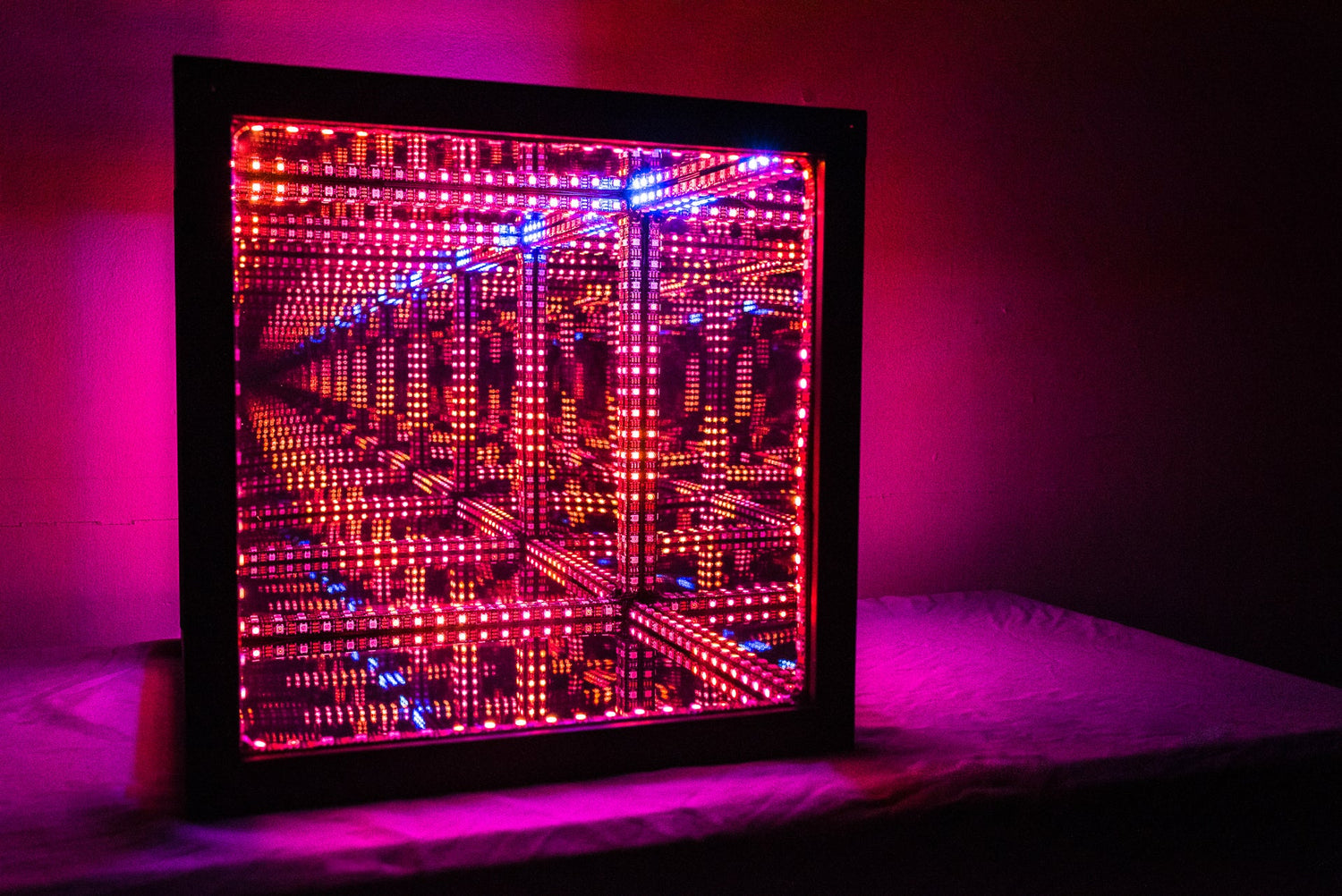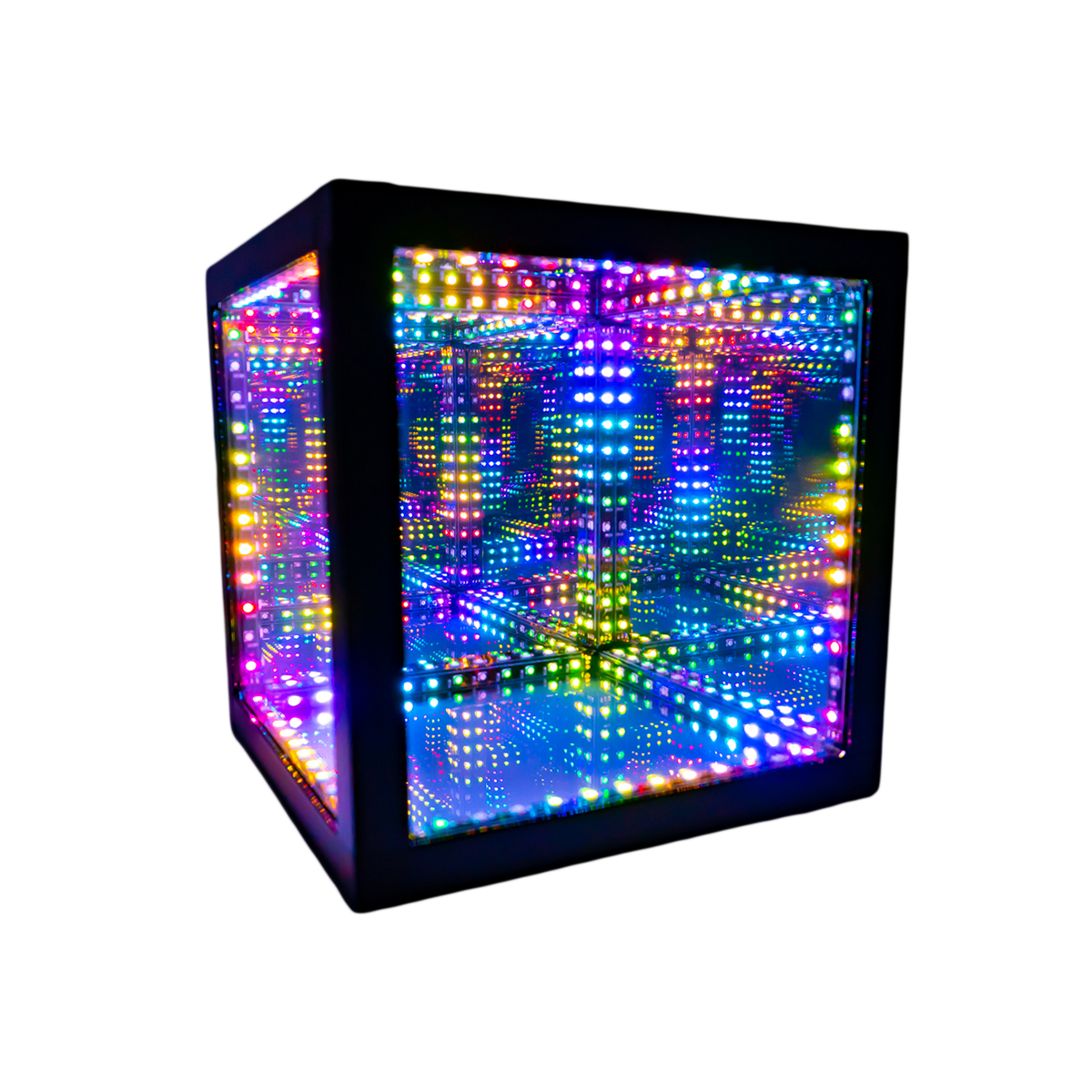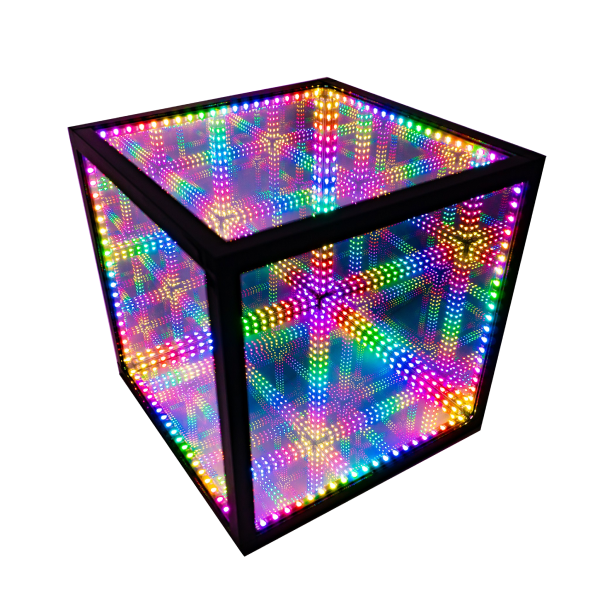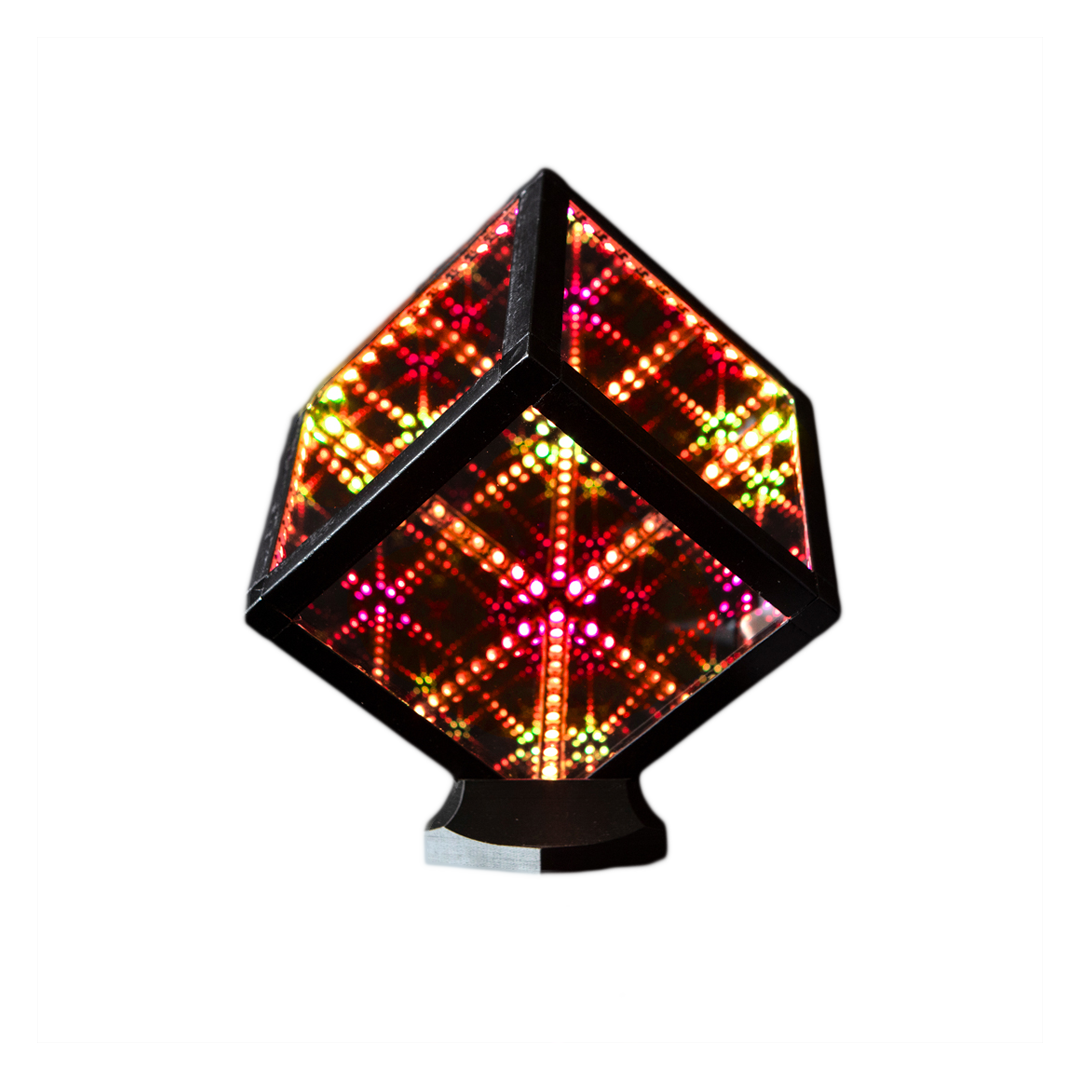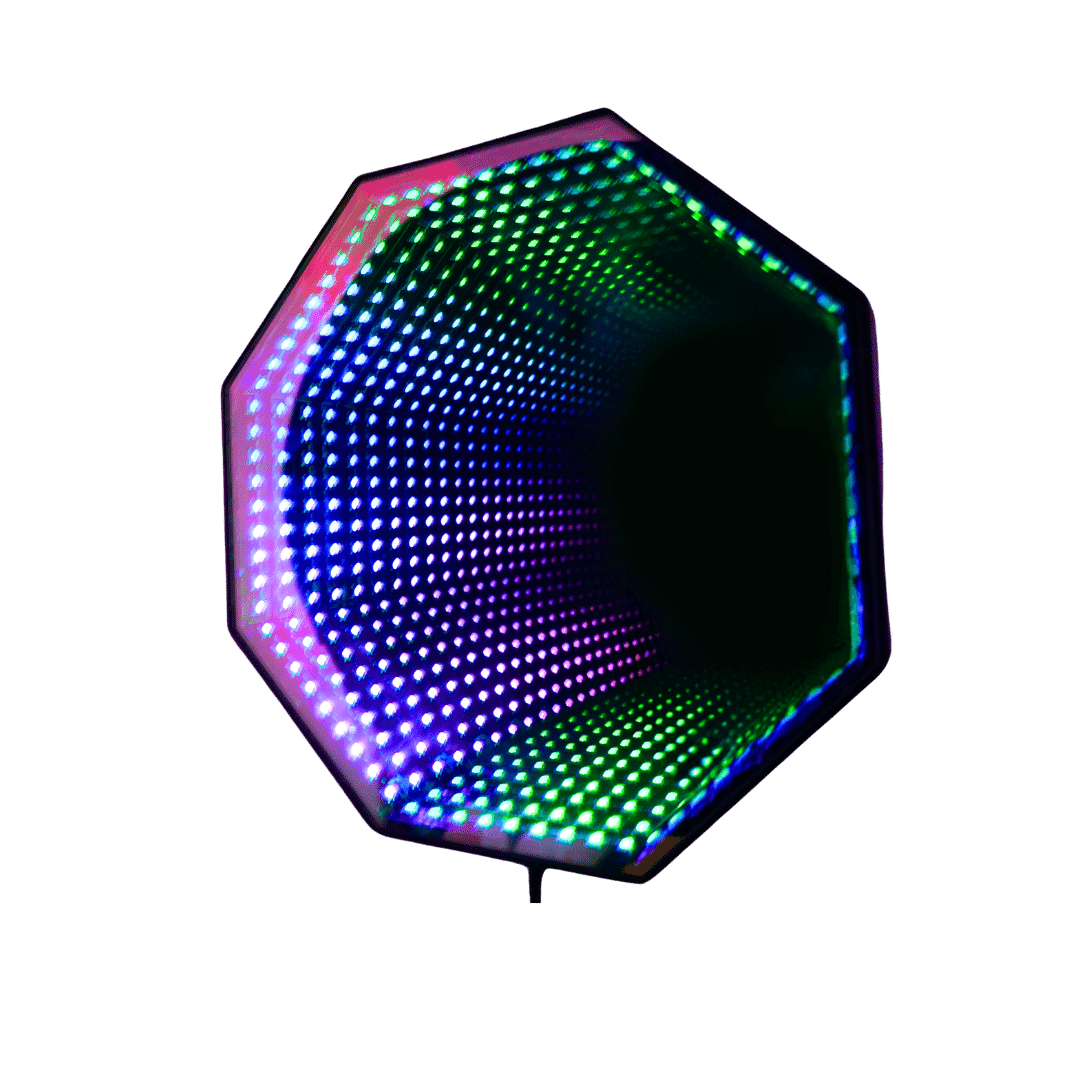
Do LED Lights Get Hot? When it comes to lighting solutions, LED lights have increasingly become a popular choice due to their energy efficiency and longer lifespan. However, a common question that arises among users is, ""Do LED lights get hot?"" This question is crucial as it directly impacts the safety and longevity of the LED lights.
In the world of lighting, heat generation is a significant factor to consider. Traditional lighting options like incandescent or halogen bulbs are known to produce a considerable amount of heat, which is not only wasteful but can also be a potential fire hazard. On the other hand, LED lights are often marketed as "cool to touch", but how true is this claim? In this blog, we will delve into the science behind LED lights and their heat generation.
Understanding the Basic Functioning of LED Lights

When it comes to understanding the basic functioning of LED lights, it's essential to know that LED stands for Light Emitting Diode. Unlike traditional incandescent bulbs, LEDs produce light through a process called electroluminescence. This process involves the movement of electrons in a semiconductor material, which then emits photons (light) when the electrons return to their original energy state. This method of light production is highly energy-efficient, making LEDs a popular choice for various applications.
The construction of an LED light is also a key aspect of its functioning. An LED light is composed of a chip of semiconducting material doped with impurities to create a p-n junction. As voltage is applied to the LED light, electrons are able to recombine with electron holes within the device, releasing energy in the form of photons. This effect is called electroluminescence, and the color of the light (corresponding to the energy of the photon) is determined by the energy band gap of the semiconductor. Understanding these basic principles can help you appreciate why LED lights are a superior lighting solution.
Heat Emission: Comparing LED Lights with Traditional Bulbs

LED lights have revolutionized the lighting industry with their energy efficiency and longevity. However, another significant advantage of LED lights over traditional bulbs is their lower heat emission. Traditional bulbs, such as incandescent or halogen, convert only about 10% of the energy they consume into light, with the rest wasted as heat. This not only leads to higher energy costs but also poses a safety risk due to the high heat output.
In contrast, LED lights are significantly more efficient, converting around 95% of the energy they consume into light and only 5% into heat. This drastic reduction in heat emission results in a safer, cooler lighting solution. Moreover, it contributes to the extended lifespan of LEDs, as excessive heat can degrade the lifespan of lighting components. This makes LEDs an ideal choice for applications where low heat emission is critical, such as in display cases or close-proximity task lighting.
LED Lights and Heat: How Hot Do They Really Get?

LED lights, known for their energy efficiency and long lifespan, are often touted as a cool alternative to traditional incandescent bulbs. But how hot do LED lights really get? The answer lies in how LEDs function. Unlike incandescent bulbs, which produce light by heating a filament, LEDs generate light through electroluminescence—a phenomenon where a material emits light when an electric current or a strong electric field is passed through it. This process results in less heat production.
However, it's important to note that LEDs do produce some heat. The heat is generated at the semiconductor junction where the actual light is produced. This heat must be properly managed to prevent the LED from overheating and failing prematurely. Therefore, LED lights often come with heat sinks, devices that absorb and disperse the heat generated. While the surface of an LED light can get warm or even hot to the touch, it's significantly less than the heat emitted by equivalent incandescent or halogen bulbs.
The Impact of Heat on the Lifespan of LED Lights

LED lights have revolutionized the lighting industry with their energy efficiency and longevity. However, their lifespan can be significantly affected by heat. Thermal management plays a pivotal role in the performance and lifespan of LED lights. Excessive heat can degrade the LED chips, causing a decrease in light output, a phenomenon known as lumen depreciation. It can also cause color shifts, making the light output less consistent over time.
Adequate heat sinking, a method of dissipating heat, is critical to maintaining the lifespan of LED lights. Heat sinks work by absorbing the heat produced by the LED and then dissipating it into the surrounding environment. Without proper heat sinking, the LED's junction temperature (the point where the diode connects to the base of the LED) can rise, leading to accelerated lumen depreciation and reduced lifespan. Therefore, understanding the impact of heat on LED lights is crucial in optimizing their performance and durability.
Safety Measures: Are LED Lights Safe to Touch?

When it comes to safety measures, LED lights are generally safe to touch. Unlike traditional incandescent bulbs, LEDs operate at much lower temperatures, making them less likely to cause burns or start fires. The heat sink, a component designed to absorb and disperse excess heat, ensures that LEDs remain cool to the touch even after prolonged use.
However, it's important to note that not all LED lights are created equal. Some poorly-made LEDs may lack an effective heat sink, causing them to run hotter than they should. While these lights are still unlikely to reach the dangerous temperatures of incandescent bulbs, they can be uncomfortably warm to touch. Always opt for LEDs from reputable manufacturers to ensure the highest safety standards.
The Role of Heat Sinks in Keeping LED Lights Cool

When it comes to LED lighting, heat management is a critical factor in ensuring longevity and optimal performance. This is where heat sinks come into play. Heat sinks, typically made of aluminum, are designed to absorb and disperse the excess heat generated by LED lights, thus keeping them cool. They function as a thermal conductor, transferring heat from the LED light source to the ambient environment, thereby preventing overheating and potential damage to the LED components.
The efficiency of a heat sink is largely dependent on its design and material. A well-designed heat sink maximizes the surface area in contact with the cooling medium surrounding it, such as air. Factors such as the size, shape, and material of the heat sink, as well as the airflow around it, all contribute to its overall thermal performance. In the context of LED lights, the use of heat sinks is essential for maintaining the light quality, reducing energy consumption, and extending the lifespan of the LEDs.
Maximizing Efficiency: How LED Lights Manage Heat
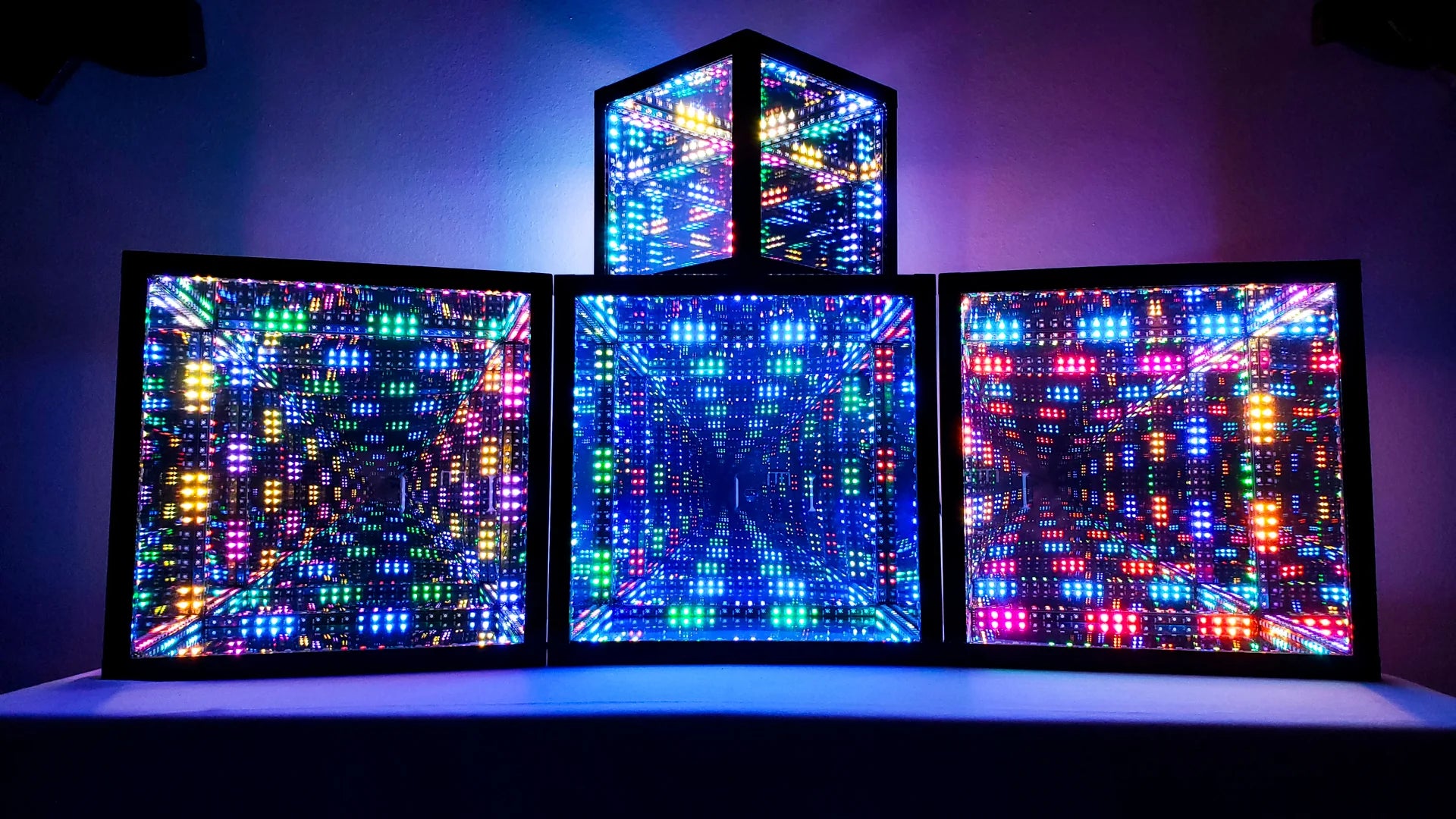
LED lights are celebrated for their superior efficiency, a significant part of which is attributed to their unique heat management. Unlike traditional incandescent bulbs that waste up to 90% of energy as heat, LED lights convert nearly all energy into light, minimizing heat output. This is achieved through a process known as ""electroluminescence"", where light is produced directly from the movement of electrons in a semiconductor material.
LEDs also employ heat sinks to dissipate any heat produced, further enhancing their efficiency. Heat sinks absorb and disperse heat away from the LED diode, preventing overheating and prolonging the lifespan of the light. This heat management system, coupled with the low heat production, makes LED lights a more energy-efficient and environmentally friendly lighting solution.
Reducing Energy Consumption: The Cool Advantage of LED Lights

When it comes to reducing energy consumption, LED lights offer a cool advantage. Unlike traditional incandescent bulbs, which waste 90% of their energy as heat, LEDs convert almost all their energy into light. This results in a significant energy saving, making LEDs a more efficient and eco-friendly lighting solution.
The technical reason behind this efficiency lies in the design of LED lights. They use a semiconductor to convert electricity into light, which is a far more efficient process than the heat-driven light production of incandescent bulbs. Furthermore, LED lights have a longer lifespan, meaning they need to be replaced less often, thus reducing the energy and resources used in manufacturing and disposal. So, by choosing LED lights, you're not just saving on your energy bills, but also contributing to a more sustainable future.
Conclusion: Do LED Lights Get Hot?

So, do LED lights get hot? Yes, but not as much as other light bulbs. They use energy efficiently, which means less of it turns into heat. This is good news because it makes them safer to use and they last longer.
Remember, the heat from LED lights is usually not enough to burn you or start a fire. But, it's still important to handle them carefully. And, always let them cool down before touching them after they've been on for a while. This way, you can enjoy the bright light they give off without worrying about getting hurt."
